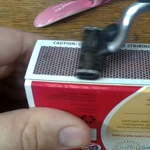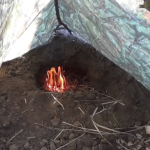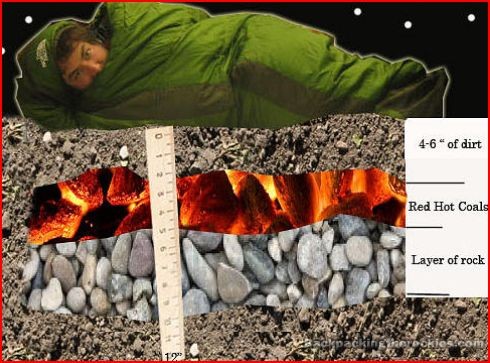
Did you know that you can have your fire and sleep on it as well? Most people are content to sleep as close to a fire as possible in order to stay warm at night. However, we all know that this doesn’t always work as effectively as we would like. Parts of our bodies get really hot while others receive little or no heat at all. Let’s explore a really easy trick that can give you the best of both worlds and provide a long-lasting source of heat that your whole body can enjoy.
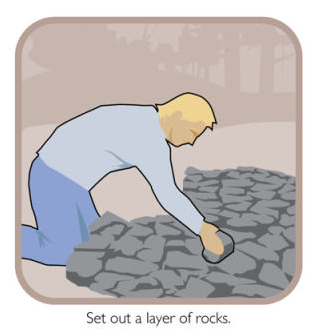
Laying a Good Foundation
The first step is to create a bed of rocks that will be long enough to accommodate your size when you are normally sleeping. Medium to larger sized rocks are ideal because they will trap a lot of heat and radiate it back whereas small rocks and pebbles will not have the same heat generating capabilities. However, you don’t want to have huge rocks as a foundation because the lack of a broken surface area will make heating them up next to impossible. Aim for rocks that are about the size of a softball or smaller.
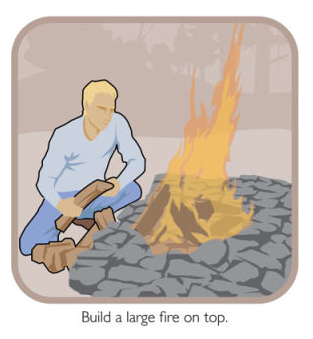
Build a good-sized fire in the normal fashion and wait for it to burn down to red-glowing embers and ash. Spread it evenly across the length of the rock bed. It is important that the fire is large enough to cover most of this surface in order for it to be as effective as possible. You can also build a few smaller fires and combine them, but the leftover heat from a large fire will be hotter and longer lasting.
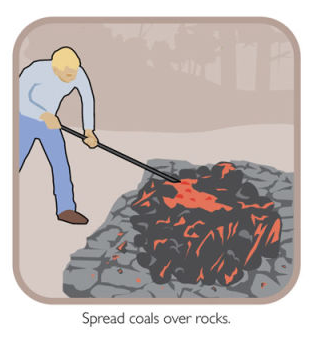
Once you have spread the hot and glowing remnants across the rock bed, bury it with about six inches of dirt and other organic material you find nearby. The dirt will prevent tinder, twigs and leaves from burning while also allowing some air to pass through these particles. This will prevent the fire from being completely extinguished too quickly. Smooth out the dirt but don’t pack it. Place a layer of branches or logs across the bed of dirt. There are no hard and fast rules in terms of how thick the wood should be, but a few inches in diameter is more than enough to provide the stability that you are looking for.

Topping Off
Finally, add a couple of inches of things like moss, grass, needles, dried leaves or other material that will provide a soft form of bedding. You can increase the thickness as needed in order to make it softer and more comfortable. However, it is important to remember that a significant amount of thickness can block a lot of the heat energy radiating out from the rocks. It is also important that you test the bed before finishing the project as well. Temperatures will vary depending on the material you use and the quality of the fire. So, even with all of these layers, the bed may still be hotter than you will like.
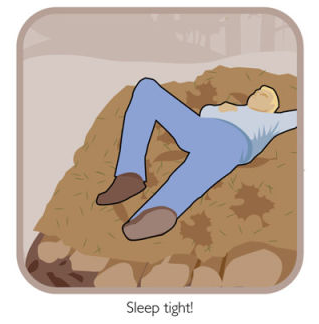
If the bed is too hot, add more top-coat material. If the bed is too cold, remove some of the padding. This method really does work, but you might want to practice a few times to get things just right. Let nature keep you warm the next time you are in the woods by using resources that are already available. This is a safe, effective and time-honored technique, and it can work for you as well.





